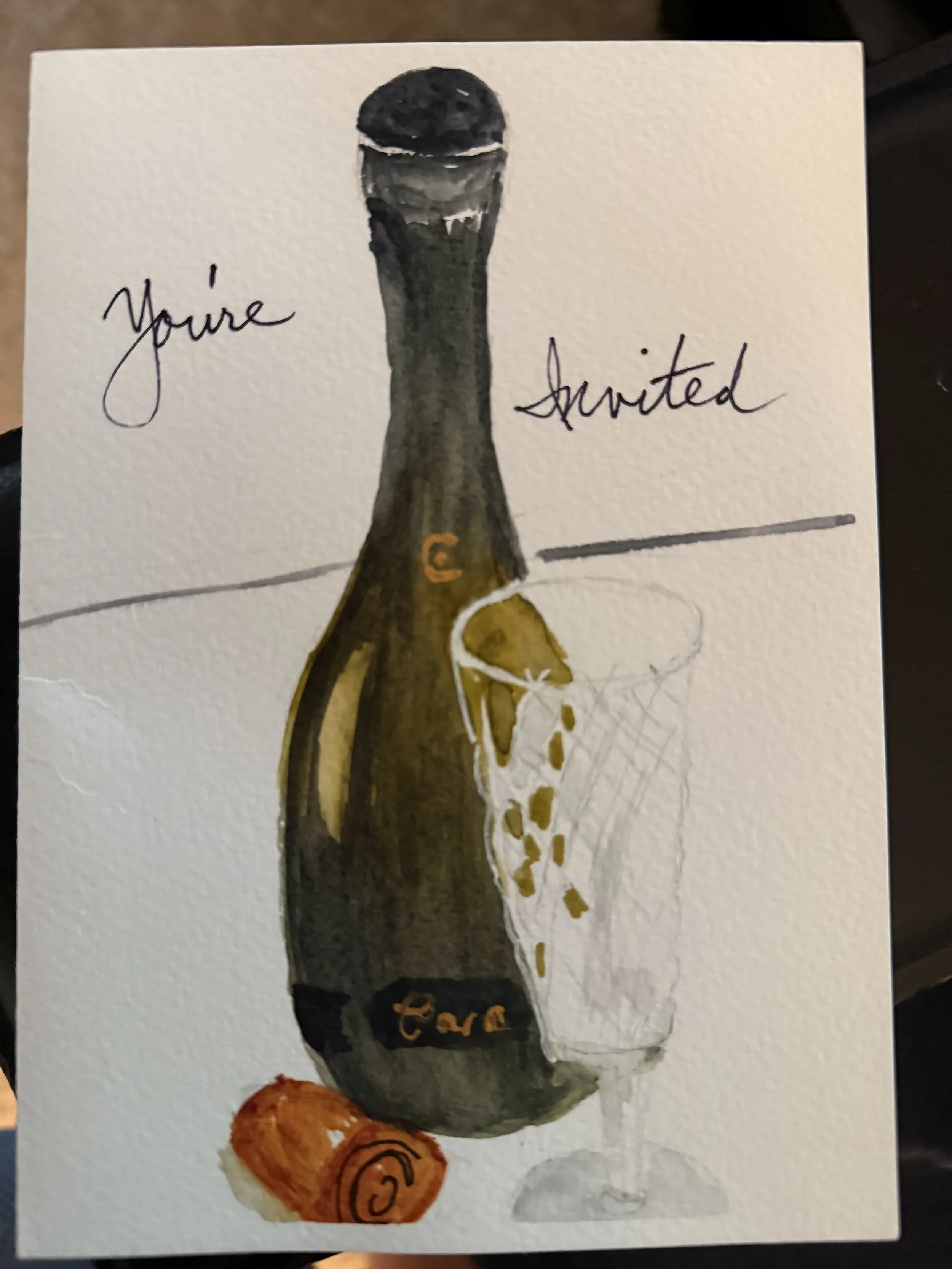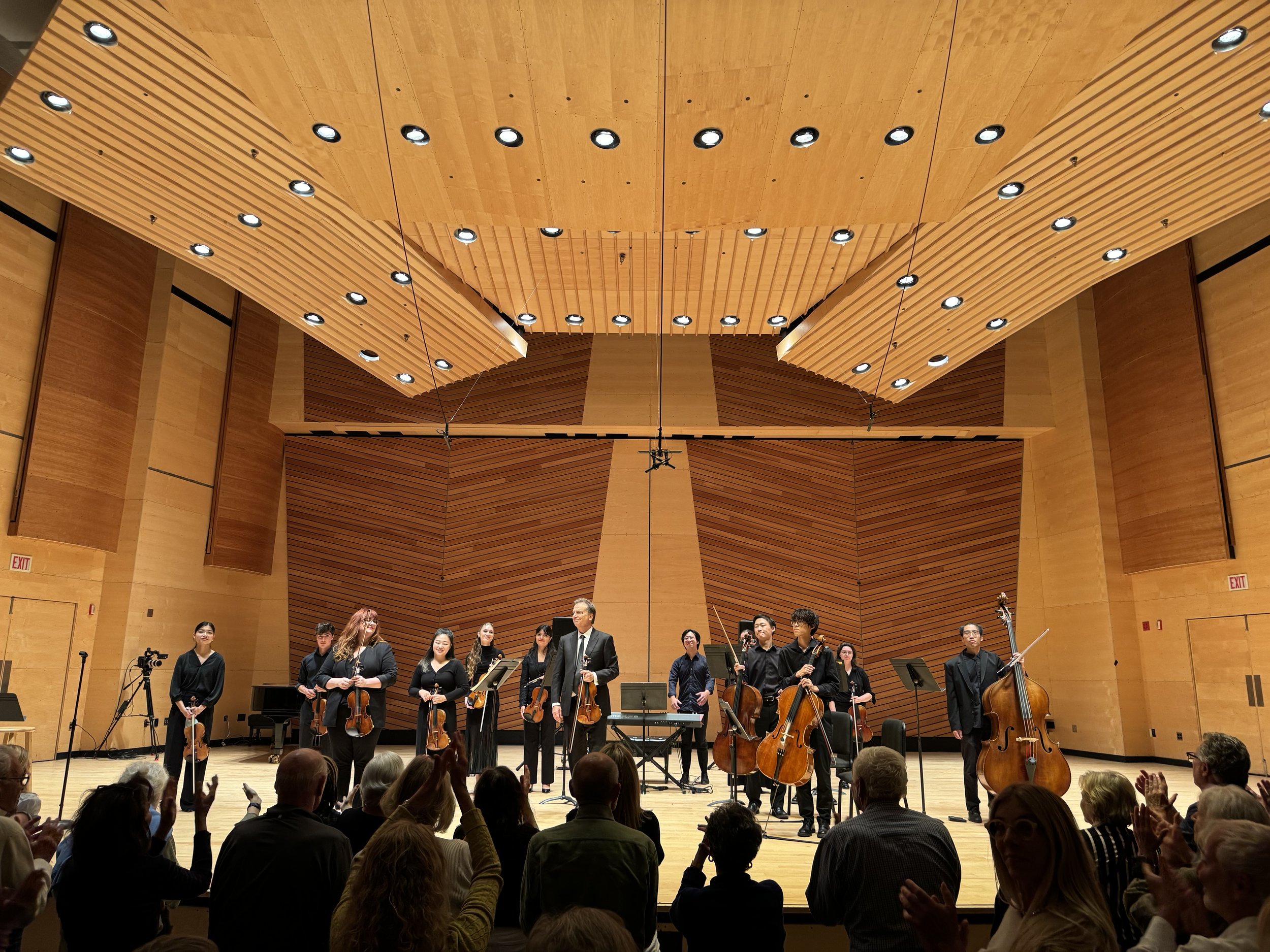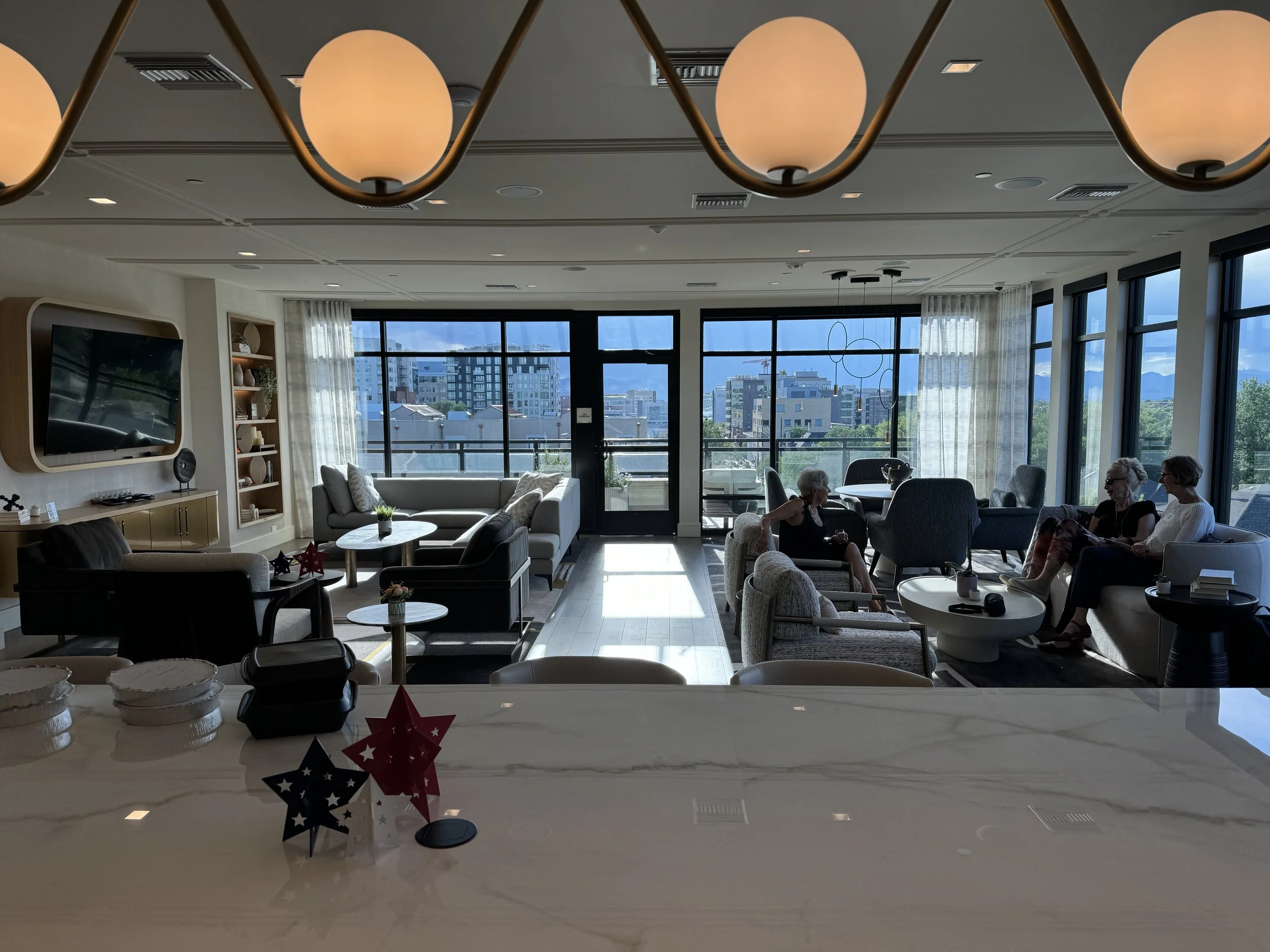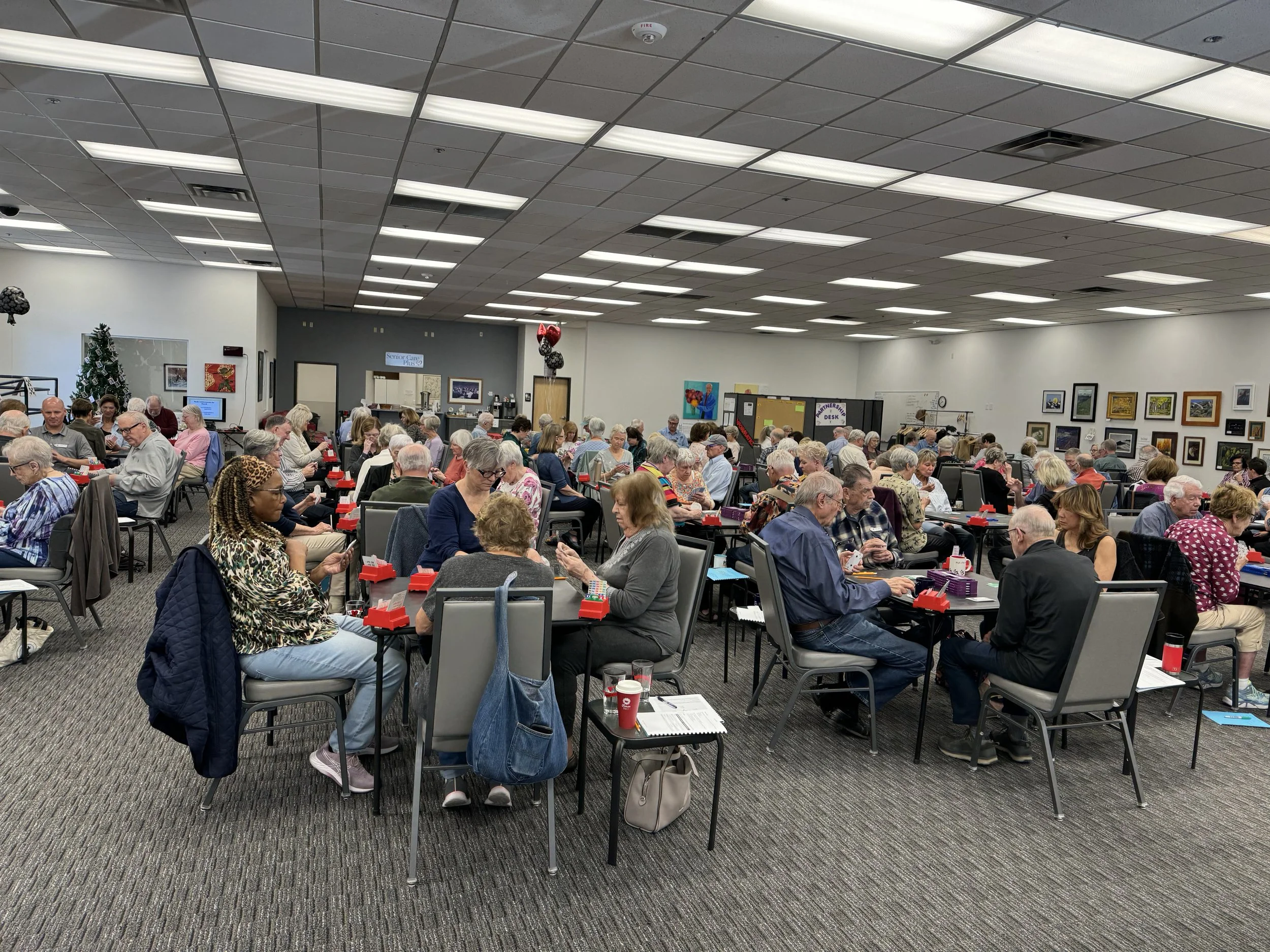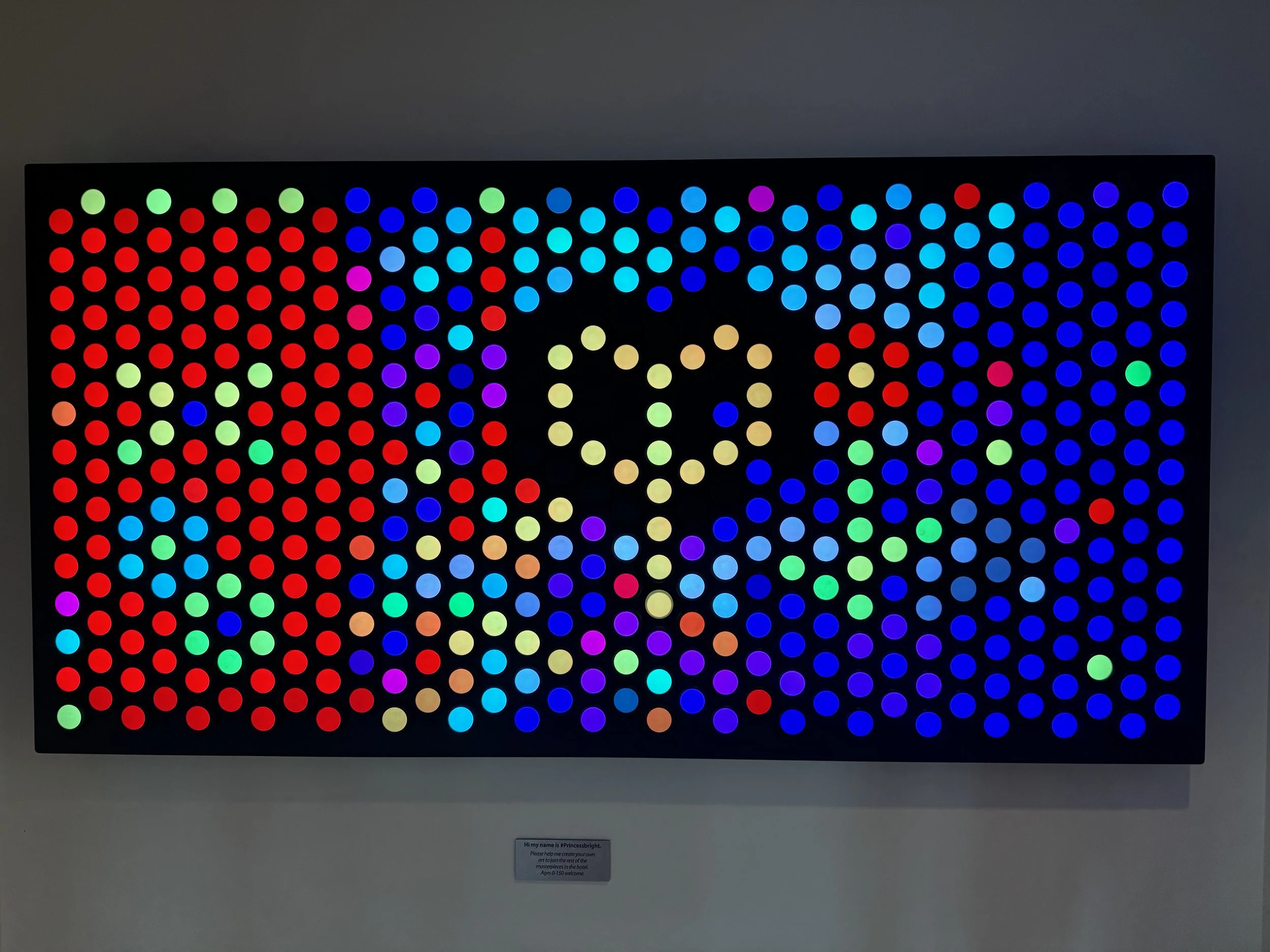Another approach for using 2♥ and 2♠ responses to 1-minor suit opening bids is to use these bids to show a variety of problematic hands that have length in both Major suits. This method, called Reverse Flannery, is particularly effective after a 1♦ opening bid. It originally comes from Precision where 1♦ is the only “natural” 1-minor opening bid. Let’s look at how this works and see what types of hands these agreements can help us bid better.
(589) Responder's Systems After a 1NT Overcall
When partner opens the bidding in a suit at the 1-level and the next player overcalls 1NT, we want to have a system that allows us to deal with this interference effectively. With a good hand (which is somewhat rare in this auction), we make a penalty double. With a poor hand that is relatively balanced, we likely want to stay out of the auction and simply pass. It is the distributional hands with some values, but less than 10 HCP, where we are likely to want to compete in the bidding. One way to make it easier to bid with these distributional hands is to use a system similar to what we do when the opponents open 1NT. Let’s look at what systems we should use in these auctions and how our system varies based on which suit partner opened.
(588) Kokish Game Tries
When we find a Major suit fit and we are interested in game (specifically in the auction 1M – 2M), we want to have a good way to explore or invite game. The traditional way to do this is to ask for help in a side suit, using a Help Suit Game Try, HSGT. We additionally have 2NT available to make a general try for game (some play it as trump suit GT) and a raise to 3-Major to mean 1-2-3 Stop (or generally quantitative/general GT.) This structure is reasonably effective in exploring game. But it has two significant downsides:
(587) XYZ
When the auction begins 1X – 1Y – 1NT (where X and Y are different suit bids), the modern treatment is to play Two-Way New Minor Forcing. This approach uses both 2♣* and 2♦* as artificial and forcing bids by Responder. 2♦* is an artificial game forcing bid, while 2♣* is generally used to start invitational bidding sequences.
(578) Preempt Keycard
(574) Fit-Showing Jumps
Jumping in the auction eats up a lot of bidding space, which is likely to make communicating with partner more difficult. Since our jump bid may make future communication more difficult, it should have a specific meaning. When partner opens the bidding, Responder’s jump shifts can be used to show a variety of different types of hands. We need to decide, as a partnership, which ones we want to use. We will choose different agreements for different situations.
(569) Rosenkrantz Redoubles
When Left Hand Opponent (LHO) opens the bidding, partner makes an overcall, and Right Hand Opponent (RHO) makes a negative double, then Advancer is in the middle of a complex competitive auction. Traditionally, a redouble in a competitive auction shows a strong hand (10+ points), but with everyone bidding it is not likely that Advancer is too focused on showing values. Instead, we want to design our agreements to let us best describe the most common kinds of hands. In this auction, Advancer having lots of values is not common. Let’s see how using redouble as a conventional bid, called a Rosenkrantz Redouble, can be more effective than this traditional value-showing redouble.
(568) Snapdragon Doubles
Bridge players keep finding more and more ways to use doubles, especially in low-level competitive auctions. The traditional double by the Advancer is the responsive double. This double applies when the opponents have bid and raised a suit and partner has taken some action in the middle (either a takeout double or a suit overcall). But when Left Hand Opponent (LHO) opens the bidding with a suit, partner overcalls a second suit, and Responder bids a third suit, then a double by Advancer is not a responsive double. It is a different kind of competitive double called a Snapdragon Double – a fancy name for another double that wants to compete in the bidding. Let’s see exactly what this double shows.
(567) Support Doubles at Many Levels
(559) NT and Balancing Auctions: Balancing Notrump Bids
(558) NT and Balancing Auctions: 14-16 1NT Opening
(557) Competitive Auctions: I Want to Bid Doubles
There are certain auctions where we have made a bid that has “fully described our hand” and we leave the bidding up to partner. In auctions like these we usually are not very sure of what partner has for their bid and we want to leave any further decisions up to them. But sometimes we have more shape than partner expects or our instincts tell us that it is right to bid on. When that is the case we do NOT want to just take over and bid again – we told partner we would not bid any more after our first bid. In an auction like this we can use a double as a conventional bid saying “I want to bid more”. This is called an I Want to bid Double and it applies in very specific situations.
(554) Competitive Auctions: Good/Bad 2NT in Competition
(552) Competitive Auctions: More Bidding over 3-Level Preempts
When the opponents open the bidding with a 3-level preempt then much of the tension in our decision-making process comes around “Should we bid beyond 3NT?” This is especially true when the opponents open the bidding with a 3-Major preempt, because when we have one long minor suit then we likely want to play in 3NT or 5-minor. This allows us to use 4-minor in some interesting conventional ways, just as we do vs. a 2-level preempt.
(549) NT Bidding: Slam Tries After Stayman
One of the most common gadgets that we use when partner opens 1NT is Stayman. We primarily use Stayman to search for a 4-4 Major suit fit. After Stayman, sometimes we want to have a way to raise partner’s suit where they cannot pass. We will want a “Forcing Raise” (similar to Jacoby 2NT or Inverted Minors) in order to find out more about Opener’s hand. This is missing from a standard bidding system. It is a valuable tool for making a slam try while keeping the auction from getting too high.
(548) NT Bidding: Modern, Transfer, and Modern Transfer Lebensohl
Lebensohl is an excellent system for dealing with interference over our 1NT opening bids, but it has some flaws. In Lebensohl auctions, we will sometimes play the hand from the “wrong” side (Responder’s side), and Responder often has three strengths (buckets) to describe. Let’s see how Transfer Lebensohl is an upgrade to help solve these problems.
(547) NT Bidding: Responding after a Penalty Double of a 1NT Opening
When we open the bidding with 1NT, showing 15-17 points, if an opponent makes a penalty double, we are less likely to be looking to invite or bid game. We are usually looking to escape from a 1NT contract and attempt to find some safer place to play. This safe place will hopefully be our largest fit or a long suit in the weak hand (in Responder’s hand). In order to find this place to play we need to look at how Responder’s bidding options change after a penalty double.
(539) Slam Bidding: Non-Serious 3NT
When we find a Major suit fit at the 3-level in a game forcing auction, then partner is usually expressing interest in slam (because without slam interest, partner would have applied the Principle of Fast Arrival and bid 4M.) In this case, now we usually express whether we have slam interest or not by either making a cuebid or simply bidding game with 4M. A partnership can use a gadget called “Non-Serious 3NT” to gain even further clarification about a player’s level of slam interest.






